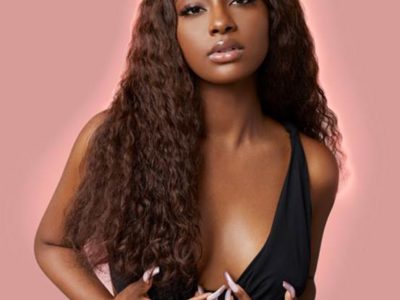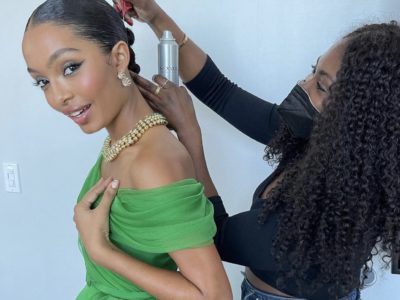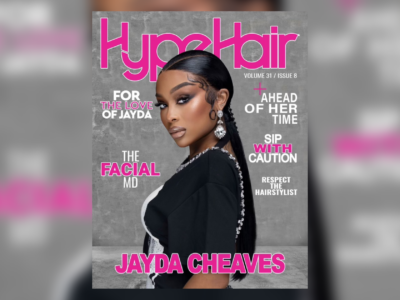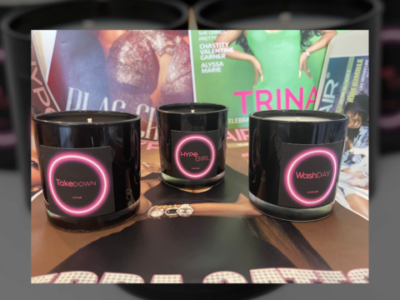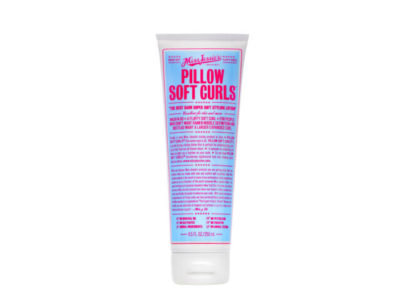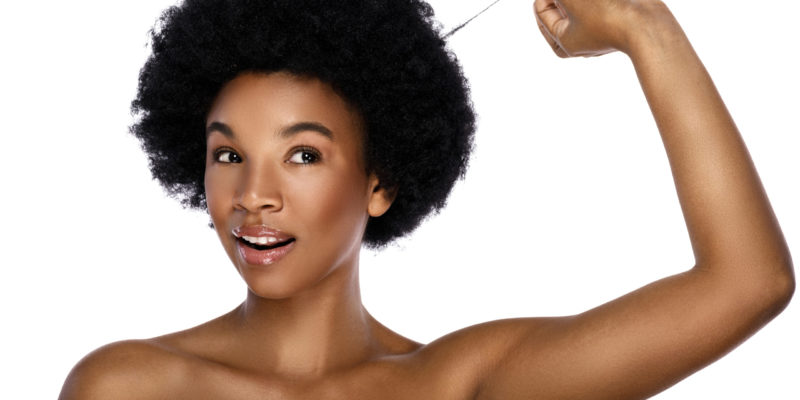
By Choya Randolph
Struggling with dry hair? Many of us try to combat our parched hair by layering on a bunch of products. There’s only so much your conditioners and creams can do. Sometimes you have to treat your hair like an infant. A baby crying can mean a lot of things. Maybe they want their bottle, need their diaper changed or simply need to be held. Our hair is the same. Our hair being dry is like a baby crying and we have to figure out what our hair is asking for. If products still have your hair crying, it’s time to take a step back and understand your hair and how to keep it hydrated.
The way our hair absorbs water plays a vital role in its health. Our hair can be either low or high porosity. Low porosity means your hair struggles at absorbing not only water but the products you’re probably lathering on to it. High porosity hair is the opposite, meaning it absorbs water pretty easily. Understanding how your hair absorbs water could be the exact thing you need to stop your hair from crying due to dryness.
Before we go into tips of keeping your low or high porosity hair hydrated, we need to figure out what kind of hair you have. Take a strand of hair from your denman brush or comb. If your denman brush is clean then take a strand of hair out of your head. Put that strand in a cup full of water. If the strand begins to sink to the bottom of the cup, you have high porosity hair. If it floats at the top, you have low porosity hair. There’s a possibility that the hair will float to the middle which means you have a combination of low and high porosity hair. Curly hair tends to be drier than straight hair because the natural oil from our scalp struggles to make its way through all of our hair strands. So if you have combination porosity hair, treat your hair as if it were low porosity just to be safe and moisturized.
If you have high porosity hair, your hair takes hydration easily but that does not mean you should be lazy when moisturizing. High porosity may soak up the hydration but it may not always retain it as well as you may want. Because of this, high porosity hair tends to need more oil and protein to live its best hydrated life. Don’t be afraid to incorporate protein treatments every other month. Overusing protein treatments can lead to a protein overload which causes breakage but remember, your hair loves protein so don’t be intimidated. Also, when buying products, especially conditioners, lean toward products that boast about strengthening your hair. These products usually have silk protein, wheat, keratin and other ingredients that will show a lot of love to your high porosity hair.
Having low porosity hair may seem like an L but after time, the hair begins to take water better. To get scientific, low porosity hair has a tightly bound cuticle layer which is why water is repelled. Having a tight cuticle just means your cuticles are protective of your beautiful crown. Ain’t nothing wrong with that but there is something wrong with having dry hair.
Because the hair cuticle can be a little stubborn, using heat to open the hair up could give you the moisture your hair is feening for. Try incorporating steam treatments into your wash day regimen. If you don’t have the tools for a steam treatment, cover your hair with a shower cap when you deep condition. This integrates heat that will open those tight cuticles and allow your conditioner to truly condition your hair. You can even explore hot oil treatments if your hair is really dry or you’re struggling with breakage. Because products can easily build up on low porosity hair, make sure you’re washing your hair regularly. Knowing when to wash your hair can be difficult because you don’t want to dry out your hair, but listen to your hair. Your crown will communicate when it’s time for a wash and some hydration.
Whether you have low or high porosity hair, you should be taking care of your hair regularly. Treatments and deep conditioners can seem tedious but your hair will thank you for it. It’s simply a part of the journey. Because kinky hair has a history of being incessantly relaxed, we’re all learning how to take care of our crown and how our crown wants to be taken care of. Understanding your hair may take some time but knowing your hair porosity will get you closer to the healthier hair you deserve.
